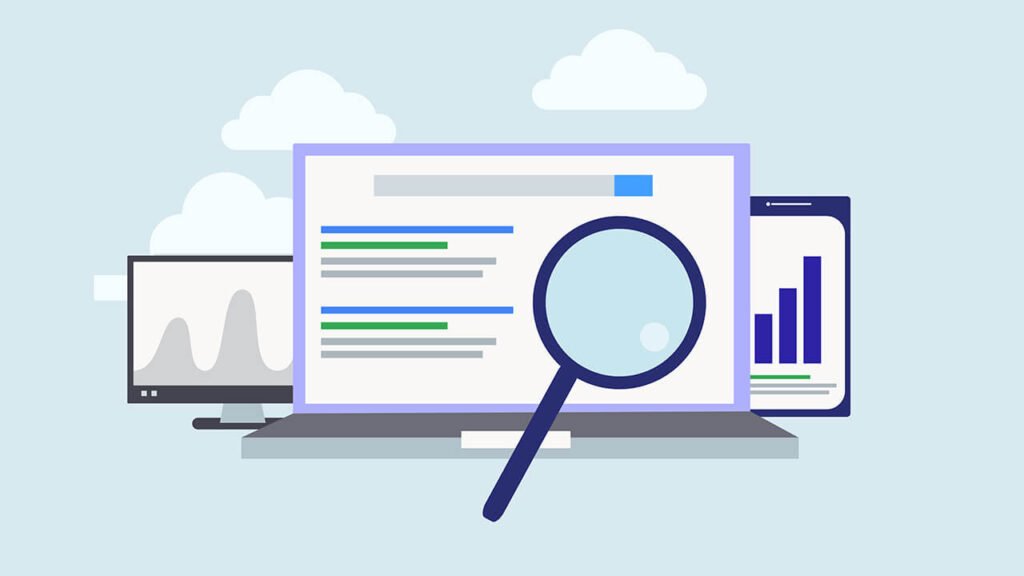Introduction
Google Ads, formerly known as Google AdWords, is a powerful digital marketing platform that enables businesses to reach their target audience effectively. Leveraging Google Ads can significantly impact your business goals, from increasing brand awareness to driving conversions and revenue. Understanding how to use Google Ads for business growth can transform your marketing strategy.
Benefits of Google Ads
Increased Brand Visibility
Using Google Ads for business growth can enhance your brand's visibility. By targeting the right keywords and audience, your business can appear at the top of search results, making it easier for potential customers to find you.
Targeted Advertising
One of the key advantages of Google Ads is its ability to target specific demographics, locations, interests, and search intent. This targeted approach ensures that your ads are displayed to relevant audiences, improving the chances of engagement and conversions.
Cost-effective Marketing
Compared to traditional advertising methods, Google Ads offers a cost-effective way to promote your business. With flexible budgeting options and pay-per-click (PPC) model, you have control over your ad spend and can optimize campaigns based on performance metrics.

Types of Google Ads Campaigns
Search Ads
Search ads appear at the top of Google search results when users enter relevant keywords. These ads are text-based and can drive direct traffic to your website based on user queries.

Display Ads
Display ads are visual banners or interactive ads that appear on websites within Google's Display Network. They are effective for brand awareness and retargeting campaigns, reaching a broader audience across various online platforms.
Video Ads
Video ads are displayed on YouTube and other video-sharing platforms. They allow businesses to showcase products, services, or brand stories through engaging video content, capturing user attention and driving engagement.
Shopping Ads
Shopping ads display product images, prices, and descriptions directly in Google search results. They are ideal for e-commerce businesses looking to promote specific products and drive purchase intent.
Optimizing Google Ads
Keyword Research and Selection
Conduct thorough keyword research to identify relevant search terms and phrases for your ads. Use tools like Google Keyword Planner to discover high-volume keywords with low competition and integrate them strategically into your campaigns.
Ad Copy Optimization
Craft compelling ad copy that highlights unique selling points, benefits, and calls-to-action (CTAs). Use persuasive language, relevant keywords, and ad extensions to maximize ad visibility and click-through rates.
Landing Page Optimization
Ensure your landing pages are optimized for conversions by aligning with ad messaging, providing relevant information, and offering clear CTAs. Optimize page load speed, mobile responsiveness, and user experience to improve conversion rates.
Measuring Google Ads Success
Key Performance Indicators (KPIs)
Track KPIs such as click-through rate (CTR), conversion rate, cost per acquisition (CPA), return on ad spend (ROAS), and overall campaign performance. Set specific goals and monitor metrics regularly to evaluate campaign effectiveness.
Conversion Tracking
Implement conversion tracking to attribute actions such as form submissions, purchases, or sign-ups to your Google Ads campaigns. This data helps optimize campaigns, allocate budget efficiently, and measure ROI accurately.
Common Mistakes to Avoid
Neglecting Mobile Users
With a significant portion of internet traffic coming from mobile devices, it's crucial to optimize ads and landing pages for mobile users. Ensure responsive design, fast loading times, and mobile-friendly experiences to engage mobile audiences effectively.
Ignoring Ad Extensions
Take advantage of ad extensions like site links, callouts, and structured snippets to provide additional information and improve ad visibility. Ad extensions enhance ad performance and encourage users to take desired actions.
Failing to Test Ad Variations
Regularly test different ad variations, including headlines, descriptions, and visuals, to identify top-performing combinations. A/B testing helps refine ad elements, optimize campaigns, and achieve better results over time.
Conclusion
In conclusion, Google Ads offers a plethora of benefits for businesses looking to achieve their marketing and sales objectives. By leveraging targeted advertising, strategic optimization, and continuous performance tracking, businesses can harness the full potential of Google Ads to advance their business goals effectively.
FAQs about Google Ads
The time to see results from Google Ads can vary depending on various factors such as campaign setup, competition, budget, and industry. Generally, businesses may start seeing initial results, such as increased website traffic or clicks, within a few days to a week after launching a well-optimized campaign. However, achieving optimal results and ROI often requires continuous optimization and monitoring over weeks or months.
The budget required for Google Ads can vary widely based on your advertising goals, industry competitiveness, target audience, and ad placement preferences. Google Ads operates on a pay-per-click (PPC) model, allowing you to set a daily budget that aligns with your financial capabilities and marketing objectives. It's recommended to start with a budget that allows for meaningful data collection and testing while ensuring a positive return on investment (ROI).
Yes, Google Ads can be highly effective for small businesses looking to increase online visibility, attract new customers, and generate leads or sales. The platform offers flexibility in budgeting, targeting options, and ad formats, making it accessible to businesses of all sizes. By carefully crafting targeted campaigns, optimizing ad performance, and monitoring metrics, small businesses can leverage Google Ads to compete effectively in their respective markets.
Google Ads and SEO (Search Engine Optimization) serve different purposes and can complement each other in a comprehensive digital marketing strategy. Google Ads provide immediate visibility and traffic through paid advertising, while SEO focuses on organic search rankings and long-term visibility. Both have their advantages, with Google Ads offering precise targeting and quick results, whereas SEO builds sustainable organic traffic and brand authority over time.
To track conversions on Google Ads, you can set up conversion tracking within your Google Ads account. Define specific actions or goals on your website that you want to track, such as form submissions, purchases, or sign-ups. Generate conversion tracking tags and implement them on relevant pages of your website or utilize Google Tag Manager for easier management. Monitor conversion data within Google Ads to measure campaign effectiveness and optimize performance.
Negative keywords are terms or phrases that you specify to exclude from triggering your ads. By adding negative keywords to your Google Ads campaigns, you prevent your ads from appearing for irrelevant or undesirable search queries. This helps improve ad targeting, reduce ad spend on irrelevant clicks, and enhance the overall quality and relevance of your ad placements.




